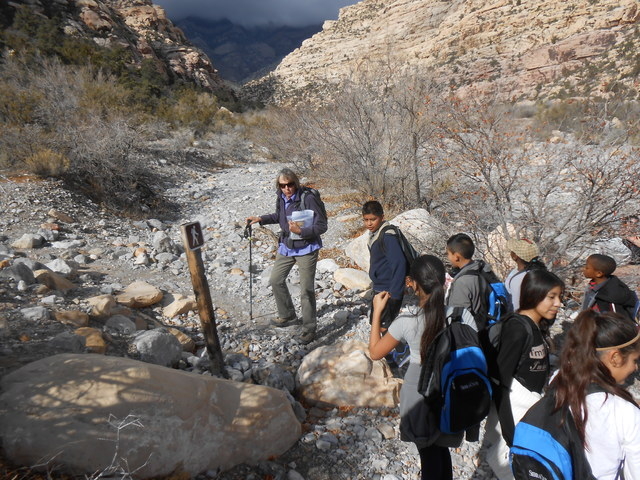Don’t fence me out

While growing up my family moved quite frequently, 22 times by the time I left home at the age of 17. Those moves took us from Utah to Nevada, and from there to California, Arizona and Colorado. Along the way I developed an enduring love for wide open spaces and a spiritual dependence on the feeling that comes from wandering unconstrained through the outdoors.
At the same time, however, I also developed an unmistakable aversion to “no trespassing” signs and fence lines that lock much of the natural world away from those who cannot afford to buy vast tracts of open land for themselves or will never receive them as an inheritance.
My mother was an adventurous soul, and for much of our youth she would see to it that my siblings and I went on some type of adventure once each month or so. Though that was years ago, I can still remember riding in the back seat of our station wagon and passing mile after mile of Northern California’s open countryside without finding a place where we could go for a simple hike, fish a stream or even pull off the road and make a sandwich.
The problem was not in finding a place that was inviting, it was in finding a place where such activities were permitted. With few exceptions, it seemed that no matter where we went the undeveloped lands were located behind a locked gate decorated with a sign inviting all to refrain from entering.
By the age of 20, I found myself back in the Silver State where its pioneer heritage still runs deep, and where vast open spaces and the freedom to access them comes with the territory. That freedom exists because most of the public land in Nevada is federally owned, which means it is owned by the people, people like you and me. While it is true that these lands are managed by federal agencies like the Bureau of Land Management (BLM) and the U.S. Forest Service, it belongs to us.
On most of those lands we can camp, hike, hunt, fish, trap, pan for gold, go birding, take photographs, paint a landscape, ride a horse, drive an ATV or ride a bicycle on approved trails, run cattle on designated grazing allotments, cut Christmas trees or firewood, explore ghost towns, and take a drive through country we have never seen before. Did I leave anything out? No doubt.
Anyone who has read this column for more than a short while should easily recognize that I don’t always agree with the management recommendations or decisions federal land managing agencies make regarding public use of our public lands, especially when it comes to limiting access to those lands. However, there remains in place a process designed to gather and consider input from the owners of these lands, you and me, regarding land use changes, updates to management plans and regulations governing use of those lands.
Does that process always work the way we want it to? No it sure doesn’t. Neither does Congress. But if we aren’t careful, there could be a process put in place that is much less democratic and much more limiting.
Across the West, there is a growing number of people calling for the federal government to deed the people’s land over to the individual states. Supporters of this philosophy tell us these lands will generate millions of dollars in revenue for the states and local government entities, or that somehow we will all have more freedom on the land if the feds are gone. As you ponder which side of the argument you are on, you may want to consider states like Texas.
There is very little publicly owned land in the Lone Star State, federal or otherwise. The bulk of the open space is locked behind gates and fence lines that stretch mile upon mile across the landscape. If you are looking for a place to hunt or fish in Texas you can find it, but be prepared to pay for that access using stacks of bills in large denominations.
Neither the individual western states, let alone the counties, have the budget and the organizational infrastructure to manage the vast tracts of public lands and the natural resources that would be turned over to them if the federal government were to hand over control of our lands. Of necessity much of the land will be liquidated, sold to the highest bidder for a brief infusion of revenue. If that happens, be prepared to dig out your wallet to pay those access fees that surely will come. That, or prepare to look in from the outside of a fence line and locked gate decorated with a sign that invites you to remain where you are.
In the meantime, you can make your feelings known about land management decisions by breaking out a pen and paper or sending off an email when the opportunity presents itself. And remember the words of the song by Woody Guthrie, “This land is your land this land is my land… This land was made for you and me.”
Freelance writer Doug Nielsen is a conservation educator for the Nevada Department of Wildlife. His “In the Outdoors” column, published Thursday in the Las Vegas Review-Journal, is not affiliated with or endorsed by the NDOW. Any opinions he states in his column are his own. He can be reached at intheoutdoorslv@gmail.com.